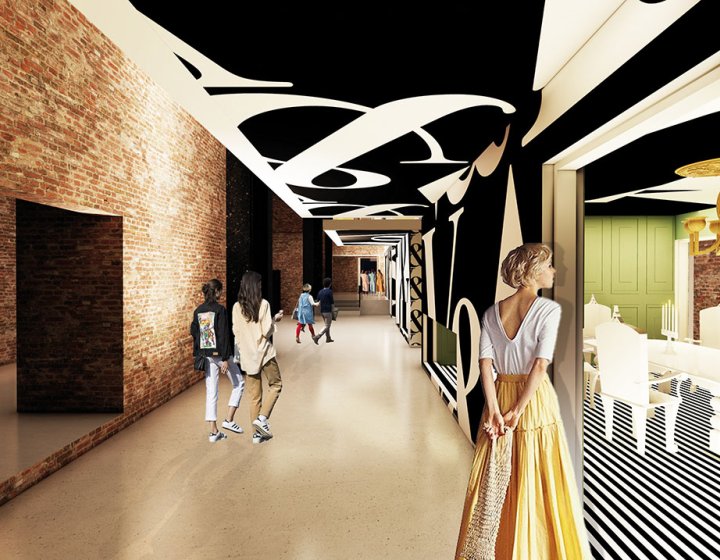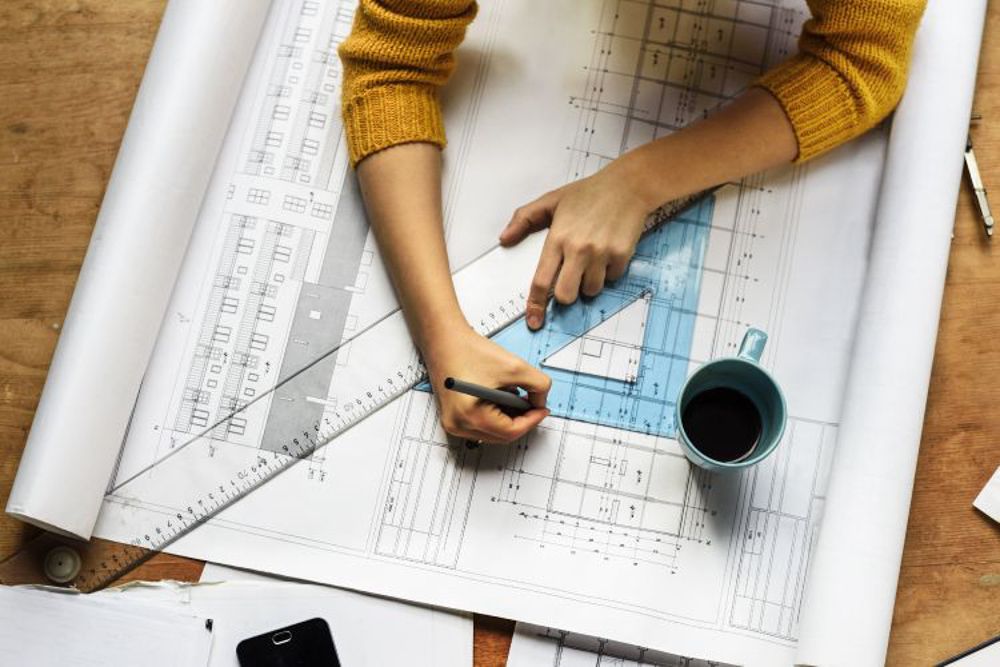Work with a Premium Home Designer to Build a Timeless Masterpiece
Work with a Premium Home Designer to Build a Timeless Masterpiece
Blog Article
The Art of Balance: How Interior Design and Home Engineer Collaborate for Stunning Outcomes
In the world of home layout, striking an equilibrium between aesthetics and functionality is no tiny accomplishment. This delicate balance is accomplished with the unified partnership between indoor designers and architects, each bringing their distinct expertise to the table. Stay with us as we discover the intricacies of this joint process and its transformative influence on home design.
Understanding the Core Distinctions In Between Interior Decoration and Home Architecture
While both interior style and home design play essential functions in developing visually pleasing and useful areas, they are inherently different disciplines. It deals with the 'bones' of the framework, functioning with spatial dimensions, load-bearing wall surfaces, and roof covering designs. On the other hand, interior style is much more concerned with enhancing the visual and sensory experience within that structure.
The Synergy Between Home Architecture and Inside Design
The harmony between home architecture and Interior Design hinges on a common vision of layout and the improvement of practical aesthetic appeals. When these 2 fields line up sympathetically, they can change a living space from average to extraordinary. This cooperation needs a deeper understanding of each self-control's principles and the capacity to develop a cohesive, cosmetically pleasing environment.
Unifying Layout Vision
Combining the vision for home style and indoor style can produce a harmonious living space that is both functional and aesthetically pleasing. It promotes a collaborating approach where building elements enhance interior layout components and vice versa. Hence, unifying the design vision is vital in mixing architecture and indoor design for sensational results.
Enhancing Useful Appearances
Exactly how does the harmony between home design and Interior Design improve functional visual appeals? This harmony allows the development of rooms that are not just aesthetically attractive but likewise conveniently functional. Designers lay the groundwork with their structural style, ensuring that the area is reliable and practical. The interior designer then matches this with meticulously selected elements that enhance the appearances without jeopardizing the functionality. This unified cooperation can lead to homes that are both livable and lovely. For instance, a designer could make a residence with large windows and high ceilings. The interior developer can after that accentuate these attributes with large drapes and tall plants, respectively, hence enhancing the aesthetic allure while maintaining the sensible advantages of natural light and space.
Significance of Collaboration in Creating Balanced Spaces
The collaboration between indoor developers and architects is essential in creating well balanced areas. It brings harmony in between style and style, bring to life rooms that are not just visually pleasing however also useful. Checking out successful collaborative strategies can supply understandings into just how this harmony can be successfully attained.
Balancing Layout and Style
Balance, a necessary element of both Interior Design and design, can just absolutely be achieved when these two areas operate in consistency. This harmony is not simply an aesthetic factor to consider; it influences the functionality, sturdiness, and ultimately, the livability of a room. Inside developers and architects should recognize each other's roles, value their knowledge, and communicate properly. They have to consider the interaction of structural components with design, the flow of spaces, and the impact of light and color. This joint procedure causes a natural, well balanced design where every element has an objective and adds to the overall aesthetic. As a result, balancing style and style is not practically producing beautiful rooms, however concerning crafting spaces that work flawlessly for their residents.
Effective Joint Techniques

Instance Studies: Effective Combination of Style and Architecture
Analyzing several case researches, it ends up being apparent how the successful assimilation of indoor design and architecture can transform a space. Designer Philip Johnson and indoor developer Mies van der Rohe teamed up to create an unified equilibrium in between the structure and the inside, resulting in a smooth circulation from the exterior landscape to the inner living quarters. These situation research studies highlight the extensive impact of an effective layout and design cooperation.

Getting Over Difficulties in Design and Style Cooperation
In spite of the undeniable advantages of a successful collaboration in between Interior Design and design, it is not without its difficulties. Communication concerns can occur, as both parties may utilize different terminologies, understandings, and strategies in their job. This can bring about misunderstandings and delays in job conclusion. One more significant challenge is the balancing act of appearances and functionality. Architects may prioritize architectural honesty and safety and security, while developers focus on convenience and design. The integration of these objectives can be complex. Furthermore, budget plan and timeline constraints frequently include pressure, possibly triggering rifts in the partnership. For that reason, efficient interaction, common understanding, and concession are important to get over these difficulties and achieve a unified and effective collaboration.

Future Fads: The Progressing Partnership Between Home Architects and Inside Designers
As the world of home layout continues to advance, so does the relationship in between architects and interior developers. Conversely, indoor developers are embracing technological aspects, affecting overall layout and capability. The future guarantees a much more natural, innovative, and adaptive approach to home layout, as developers and architects continue to obscure the lines, cultivating a connection that absolutely personifies the art of equilibrium.
Conclusion
The art of equilibrium in home layout is achieved with the unified cooperation in between indoor designers and architects. In spite of difficulties, this partnership Visit Your URL fosters development and innovation in layout.
While both indoor layout and home design play necessary functions in creating visually pleasing and useful areas, they are inherently different disciplines.The harmony between home style and indoor look at this site layout lies in a shared vision of layout and the improvement of practical aesthetics.Linking the vision for home design and indoor layout can produce a harmonious living room that is both practical and aesthetically pleasing. Thus, unifying the style vision is essential in blending architecture and interior style for stunning outcomes.
Just how does the harmony in between home architecture and interior style improve practical aesthetics? (Winchester architect)
Report this page